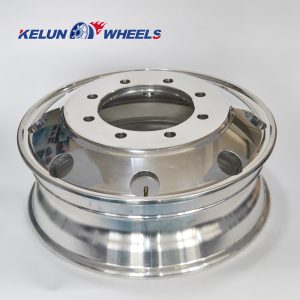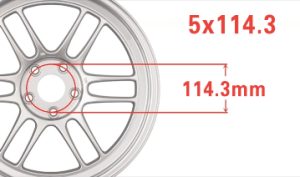-
whatsapp: +8616696837711
-
wheelim@kelunautoparts.com
-
营业时间 24H
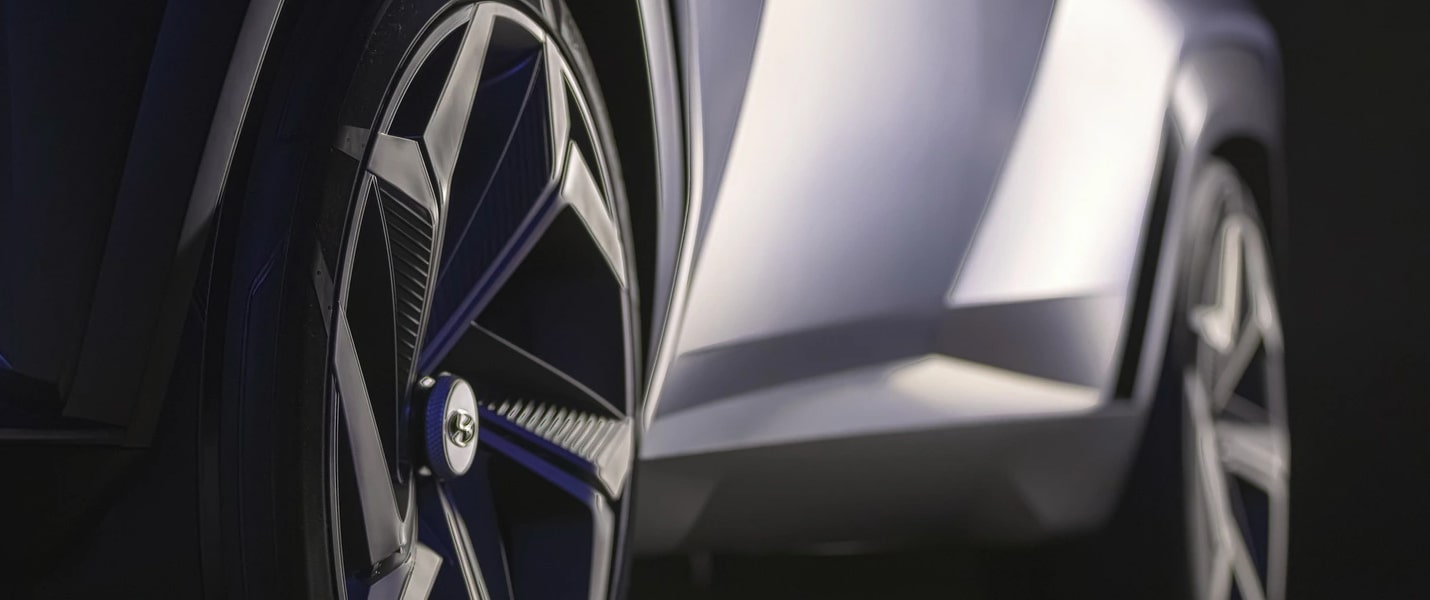
The future of the wheel industry
The wheel industry, particularly in the automotive sector, is poised for significant transformation in the coming years. Driven by advancements in technology, changing consumer preferences, and environmental concerns, the future of the wheel industry will likely be shaped by several key trends:
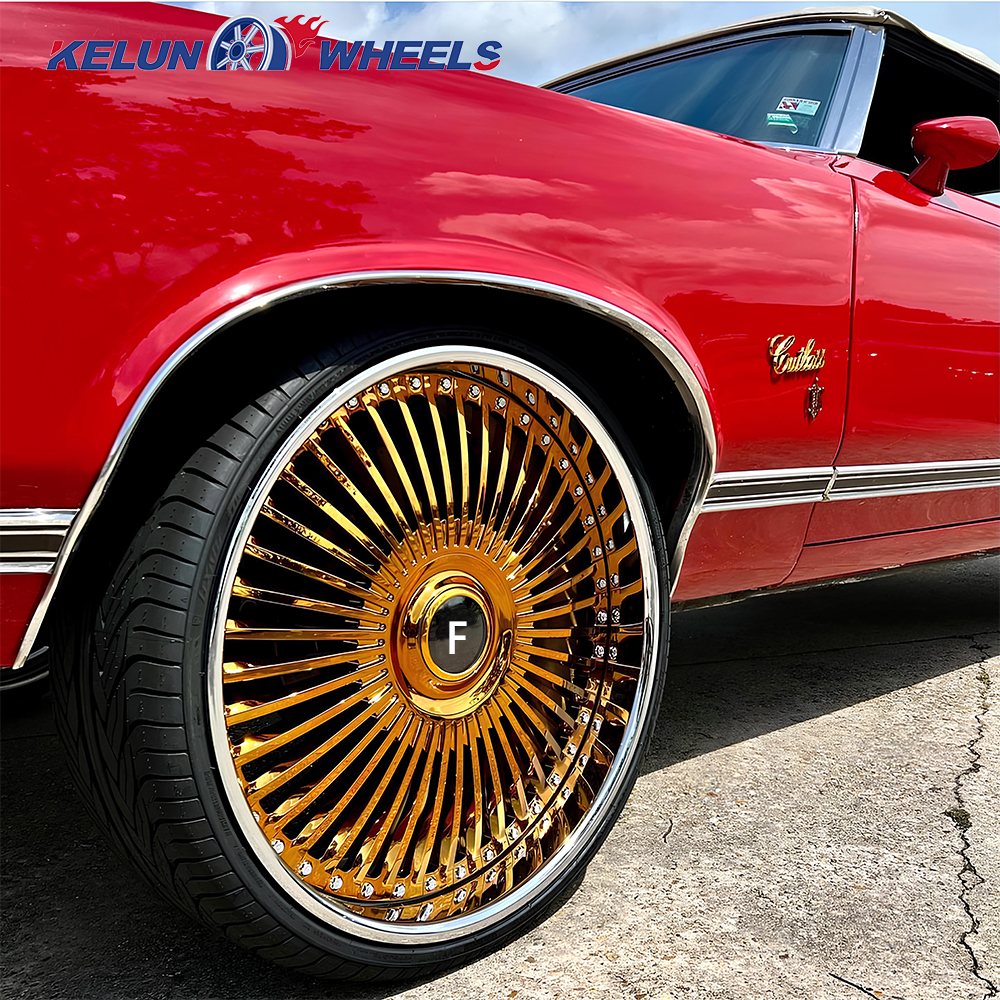
1. Lightweight Materials for Enhanced Performance
- Trend: The demand for lighter and stronger wheels will continue to grow, as reducing unsprung mass improves vehicle efficiency, handling, and fuel economy.
- Materials:
- Advanced aluminum alloys and magnesium alloys will become more common.
- Carbon fiber and composite materials will gain traction in high-performance and luxury vehicles.
- Impact: Lightweight wheels will play a critical role in electric vehicles (EVs) to offset battery weight and extend range.
2. Sustainability and Eco-Friendly Manufacturing
- Trend: The industry will shift toward sustainable practices, including recycling materials and reducing carbon footprints.
- Innovations:
- Use of recycled aluminum and other materials in wheel production.
- Energy-efficient manufacturing processes, such as low-emission forging and casting.
- Impact: Eco-conscious consumers and stricter environmental regulations will drive demand for greener wheel options.
3. Smart and Connected Wheels
- Trend: Integration of sensors and IoT (Internet of Things) technology into wheels will enable real-time monitoring and data collection.
- Features:
- Sensors to monitor tire pressure, temperature, and wheel alignment.
- Integration with vehicle systems for predictive maintenance and safety alerts.
- Impact: Smart wheels will enhance safety, reduce maintenance costs, and improve overall vehicle performance.
4. Customization and Personalization
- Trend: Consumers are increasingly seeking unique, personalized designs for their vehicles.
- Innovations:
- 3D printing technology will allow for highly customized wheel designs.
- Modular wheel systems that let users change the appearance or functionality of their wheels.
- Impact: The aftermarket wheel industry will grow, with more options for consumers to tailor their vehicles.
5. Adaptation to Electric Vehicles (EVs)
- Trend: The rise of EVs will drive specific changes in wheel design and functionality.
- Innovations:
- Aerodynamic wheel designs to improve EV range.
- Integration with regenerative braking systems.
- Lightweight materials to compensate for heavy EV batteries.
- Impact: Wheel manufacturers will need to adapt their products to meet the unique demands of EVs.
6. Advanced Manufacturing Techniques
- Trend: New manufacturing methods will improve efficiency, precision, and design flexibility.
- Technologies:
- Forging and flow-forming techniques for stronger, lighter wheels.
- Additive manufacturing (3D printing) for complex, custom designs.
- Impact: These techniques will reduce production costs and lead times while enabling innovative designs.
7. Focus on Aesthetics and Design
- Trend: Wheels will increasingly be seen as a key element of a vehicle’s aesthetic appeal.
- Innovations:
- Unique finishes, such as matte, gloss, or two-tone colors.
- LED-embedded wheels for enhanced visibility and style.
- Impact: Design will become a major differentiator in the wheel market.
8. Durability and Longevity
- Trend: Consumers and manufacturers will prioritize durability to reduce replacement costs and waste.
- Innovations:
- Coatings and treatments to protect against corrosion and damage.
- Improved structural designs to withstand harsh conditions.
- Impact: Longer-lasting wheels will appeal to cost-conscious consumers and align with sustainability goals.
9. Global Market Expansion
- Trend: Emerging markets, particularly in Asia and Africa, will drive growth in the wheel industry.
- Factors:
- Increasing vehicle ownership in developing countries.
- Expansion of automotive manufacturing hubs.
- Impact: Manufacturers will need to cater to diverse regional preferences and requirements.
10. Regulatory and Safety Standards
- Trend: Governments and organizations will impose stricter safety and environmental standards.
- Impact: Manufacturers will need to invest in R&D to comply with regulations while maintaining competitiveness.

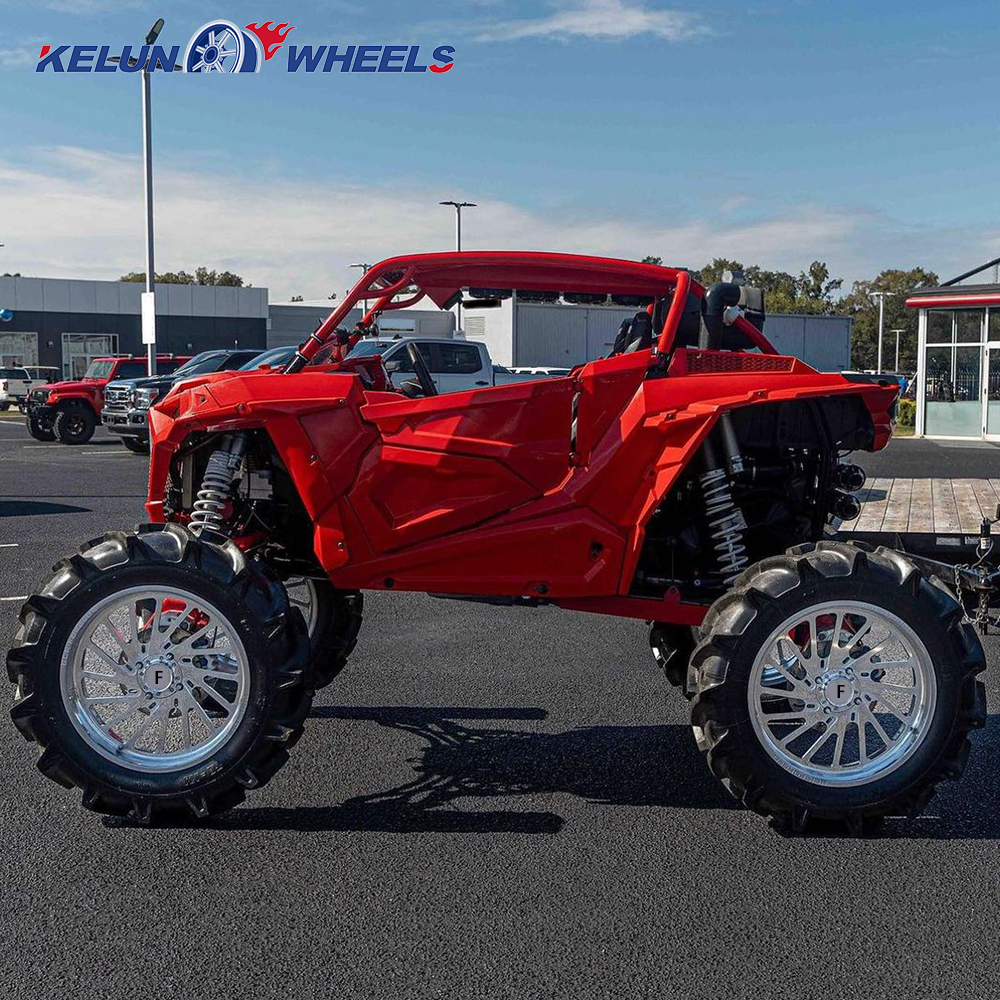

The future of the wheel industry will be shaped by innovation, sustainability, and adaptability to new technologies. As the automotive landscape evolves, wheel manufacturers will need to embrace lightweight materials, smart technologies, and eco-friendly practices to stay competitive. Customization, durability, and design will also play crucial roles in meeting consumer demands. Ultimately, the wheel industry will continue to be a vital part of the automotive ecosystem, driving both performance and style in the vehicles of tomorrow.

